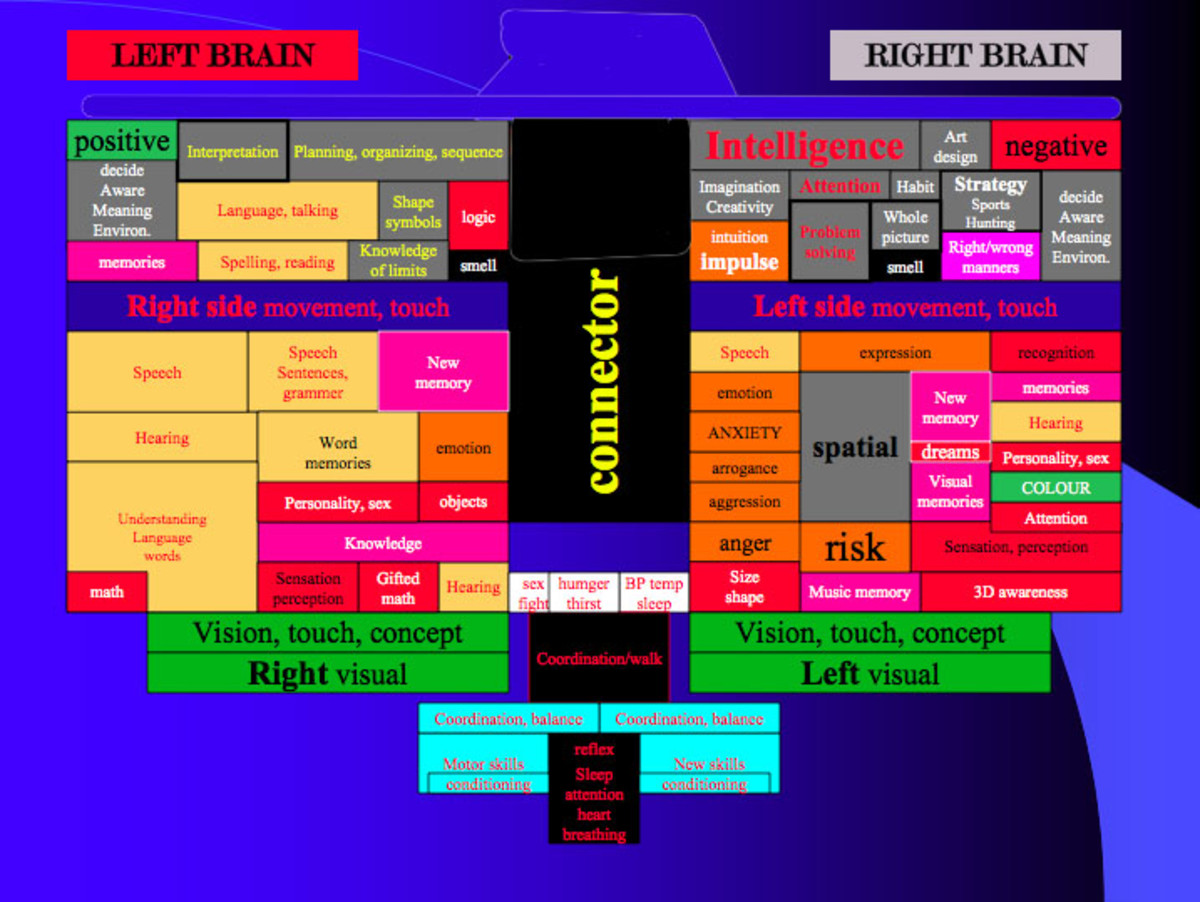EMDR What Is It?
How EMDR Helps Regulate Emotions
I have to confess I knew nothing about EMDR (Eye Movement Desensitization Reprocessing) two years ago. Sure, I knew the name and what my colleagues were saying about it, but I didn't investigate it myself until I went to a conference with neuropsychiatrist Bessel Van Der Kolk. He highly advocated EMDR and he presented brain scan and study data indicating that it worked very well for trauma. After looking at the difference in the brain scans before and after treatment I decided to get trained in EMDR.
After my initial training (6 months, 10 hours of supervision), I also learned that EMDR was helpful for anxiety, depression, and just general emotional regulation (I'll say more about this in a bit). So you're probably asking how EMDR works. The best answers we have are educated guesses at this point, short of knowing from the brain scan data that it helps. There are 3 main parts to EMDR. There is the bilateral stimulation, which stimulates each side of the brain one after another (it's not rocket science, you use head phones or hold buzzer paddles). The situation you are working on (called a target), and how you felt about yourself during that situation and how you would have rather felt (positive and negative cognitions).
Through the EMDR process, you desensitize negative emotions around the target while increasing positive emotions at the same time. Let me give you an example.
Chris was an 8 year old boy having great difficulties in school. His history is consistent with kids that have sensory integration disorder, a touch of autism, and poor emotional regulation. He was a perfectionist and if he didn't know the answer to a question or couldn't perform perfectly he would shut down. Often times he "melted" down, being difficult, tearful, screaming, and often rolled up in a fetal position under his desk.
Chris's reaction to being introduced to the bilateral stimulation was elation, laughing, and enthusiasm. He helped to adjust the speed and "buzziness" of the paddles and we talked about what things made him anxious or were very difficult. He described writing and math as being difficult, although things as simple as talking to his grandmother about what he wanted for his birthday were just as anxiety provoking for Chris. We targeted math the first time. Chris was pretty non-verbal and had a hard time being able to describe his feelings let alone how those situations made him feel about himself. He was very aware of the situation, which is really all that's needed in EMDR. With Chris thinking about a difficult time he was having in math we started a set of EMDR. A set consists of Chris closing his eyes and thinking about a difficult time in math, with the bilateral stimulation running for about 30 seconds. After the set I checked in with Chris who could tell me that his feelings about the even grew at first and decreased slightly by the end of the set. We would completed many other sets, with Chris keeping me informed on about whether it was helping or not. During a set, Chris would rock back and forth, would stop at different times and then continue. We targeted a lot of things about school in the next two to three months.
The results after a couple of months were very good. Chris was having fewer melt downs, and was more cooperative in the classroom. He was no longer ruled by his perfectionism to the same degree and was tolerant about himself and others mistakes. Most of all he was not curled up under his desk in a fetal position crying. That's not to say that he was finished. Chris still had terrible anxiety that prevented him from trying new things without giving up early. He still had difficulty communicating verbally.
The EMDR process is similar with adults, but more cognitive therapy can be woven in to assist them in emotional regulation or trauma. Adults have more life experience which interestingly enough makes them more difficult EMDR patients. In my training, I learned that we catalog our memories by emotion. With more emotion, then there is more complexity to difficult situations as well as other memories of a similar nature that may build up over time.
In the year that I have been doing EMDR and going to my regular supervisions, I have had client after client get better faster with EMDR and with better results.There aren't many down sides to EMDR, the only side effect is that it can make you a little tired. It's also not the only modality of treatment in many cases. It's used along with other kinds of therapy.
www.drericmeyer.com
- My Private Practice Website
I provide counseling at my office and at your home. My slots are all early evening or all day Saturday. No need to miss work or school.






